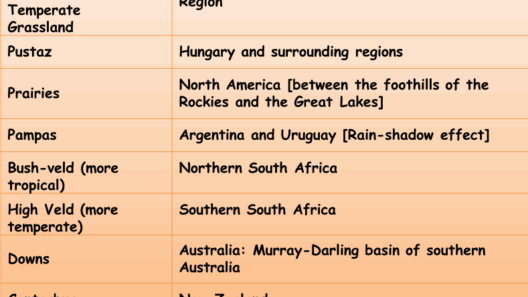Arizona’s climate is characterized by an intricate interplay of desert heat and stunning, dramatic skies. This state, located in the southwestern region of the United States, boasts a diverse topography that significantly influences its weather patterns. The arid desert landscape, combined with the vast expanses of sky, creates an environment that is as captivating as it is harsh. Understanding Arizona’s climate requires not only an exploration of its temperature and precipitation but also a consideration of the unique phenomena that shape its allure.
Primarily, Arizona is classified under the Köppen climate classification system as a desert climate, specifically the BWh category, which signifies a hot desert climate. This classification encompasses areas such as the Sonoran Desert in southern Arizona, which is renowned for its extreme aridity and intense solar radiation. The region experiences a significant temperature gradient; summers can be blisteringly hot, with daytime highs frequently soaring above 100°F (38°C). These scorching temperatures are complemented by low humidity levels, which can plummet into the teens or lower in the summer months, making the heat bearable yet dangerously deceptive. As the heat increases, it evokes a fascination among visitors and residents alike, drawing attention to this unforgiving yet enchanting environment.
The winter months in Arizona present a starkly contrasting climate. While northern regions may witness idyllic snowfall and chilly temperatures, southern Arizona remains relatively mild. In fact, daytime temperatures in winter can range from the upper 60s to low 70s°F (15°C to 21°C), providing a refreshing relief from the oppressive heat of summer. This marked contrast not only influences human activity but also supports a rich array of biodiversity, as various species are adapted to thrive in these fluctuating conditions.
The phenomenon of dramatic skies in Arizona is another aspect of its climate that elicits admiration. Sunsets in particular are nothing short of spectacular. The combination of low humidity and vast, unobstructed horizons allows the sunlight to scatter, creating a palette of vivid orange, pink, and purple hues that render the desert landscape almost otherworldly. This is not merely a visual feast; it underscores broader atmospheric dynamics. The clarity of the atmosphere, due to low moisture content, often leads to exceptional visibility and unique lighting phenomena, making the sky a canvas for nature’s artistry.
However, the same elements that contribute to these breathtaking vistas also pose significant environmental challenges. The intensity of urban heat islands is an increasing concern as cities like Phoenix expand. Urban development typically leads to the replacement of vegetation with heat-absorbing materials, exacerbating the already elevated temperatures experienced in the surrounding areas. In turn, this can impact local weather patterns, resulting in increased energy demands for cooling systems during the sweltering months and heightened air quality concerns as pollutants become trapped in the heat. This intersection of human activity and natural phenomena necessitates a deeper examination of sustainable practices within the state.
Moreover, Arizona’s climate is susceptible to climate change, which is expected to exacerbate existing conditions. Projections indicate that average temperatures could increase significantly, influencing not only human health but also agriculture and water resources. The reliance on irrigation in an already desert climate means that water conservation practices will become increasingly vital. A deeper understanding of the effects of climate change on Arizona’s ecosystems and economy reveals an urgent need for proactive measures to mitigate its impact.
As one delves into the intricacies of Arizona’s climate, it becomes evident that the fascination with its desert heat and spectacular skies is rooted in both their awe-inspiring beauty and the underlying environmental complexities. The stark contrasts between the seasons reflect a dynamic ecosystem in which life adapts and thrives amidst adversity. The narratives of migratory birds, resilient flora such as the iconic saguaro cactus, and the cultural practices of indigenous peoples all intertwine with the overarching themes of survival and adaptation.
Indeed, the skies of Arizona lend themselves to not only aesthetic appreciation but also to scientific inquiry. Meteorologists and climate scientists frequently study the region to gain insights into atmospheric behavior and environmental changes. Such studies are vital for understanding how localized climates can serve as indicators for broader global phenomena. The convergence of cutting-edge research and traditional ecological knowledge enriches our comprehension of these complex systems.
In conclusion, Arizona’s climate is a multifaceted tapestry woven from the threads of hot desert heat, dynamic weather patterns, and breathtaking skies. The state’s environmental conditions contribute to both its challenges and its unique allure. It serves as a reminder of the delicate balance between natural beauty and human impact. As interest in sustainable practices grows, Arizona can lead the way in developing strategies that honor both the cultural heritage and the ecological integrity of this captivating landscape. Embracing its extraordinary climatic conditions while striving for environmental stewardship will ensure that Arizona remains a place of fascination for generations to come.







